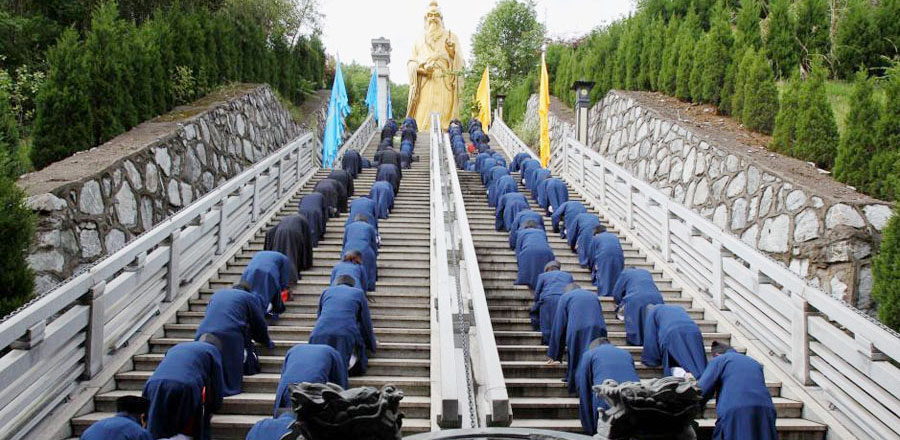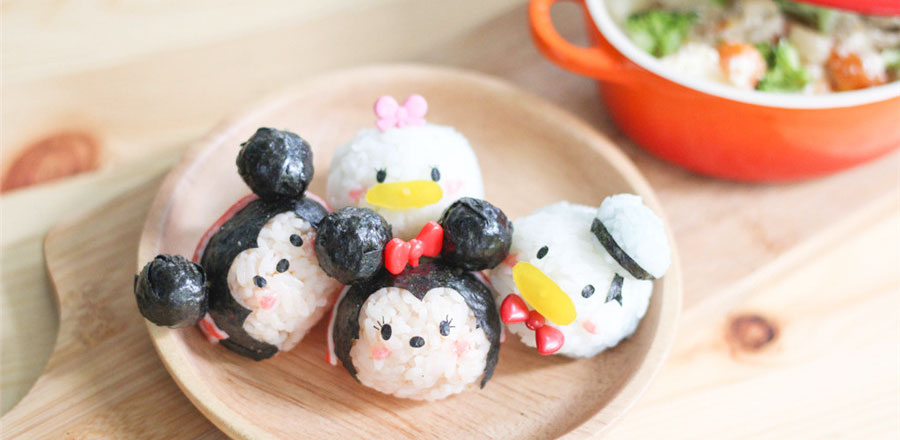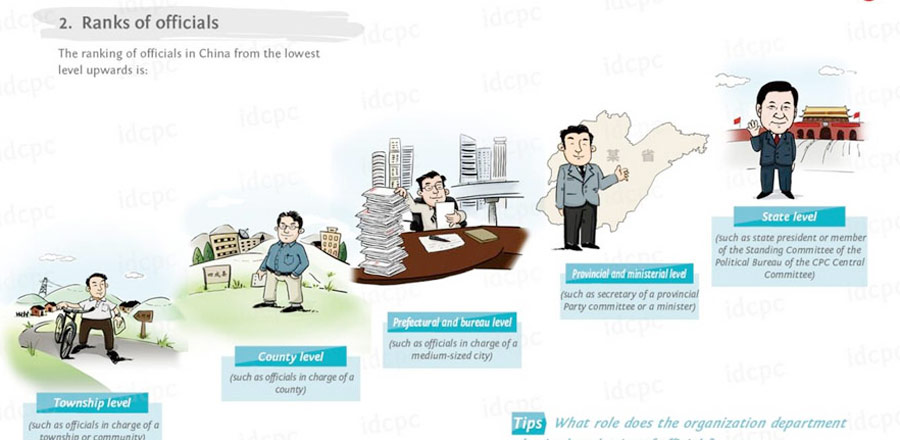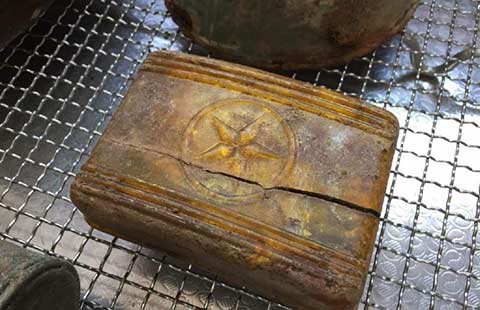
Perhaps, Shenzhen in Guangdong province is the best reflection of Chinese urbanization in the past decades.
Now one of China's key economic hubs, the city, which was countryside more than 30 years ago, is often seen as lacking in rich history as it is seen as an immigrants' city.
So, when the 12th China International Cultural Industries Fair was held there from May 12 to 16, it was a pleasant surprise to see its intangible cultural heritage on show.
For instance, He Hong, 50, brought her paper cutouts to the fair.
The woman, who hails from Ji'an, in Jiangxi province - but now lives in Shenzhen - learned to make paper cutouts in her teens.
She established Hoho Culture & Art in 2015 to promote this traditional art form.
Chinese paper cutouts were recognized by UNESCO as an Intangible Cultural Heritage in 2010, and there are many sub-genres in the country.
Speaking of her work, she says: "You have to use creativity and a sense of modern design to preserve traditions, even with materials used," referring to a portrayal of Marilyn Monroe in her studio, which was cut from layers of xuanzhi, a rice paper typically used for calligraphy and Chinese paintings.
Revealing how she keeps this intangible cultural heritage alive even as others struggle, she says her recipe is simple: What is produced need to be put in supermarkets rather than in museums.
Describing her creations, where she explores multiple ways to use paper cutouts in daily life, like indoor decorations, she says: "The items carry the spirit of Chinese paper cutouts, and represent Chinese philosophy and aspirations. This cannot be changed, no matter what."
He, who has 200 apprentices working for her, says new ideas have kept coming through the years.
For example, she now uses specially processed paper, which can be used to transfer designs to porcelain pieces.
When the paper cutouts are burned at high temperatures, the designs get transferred onto the ceramic piece.
Meanwhile, given Shen-zhen's metropolitan character, it should come as no surprise that fading traditional crafts are being resurrected using modern industrial methods.
Narrating his story, Liu Quanhui, a fifth-generation porcelain maker from Chao-zhou, in Guangdong province, who likes to call himself "an entrepreneur", says: "When I first went to Saudi Arabia for an expo in 1993, I found that Chinese porcelain, which was once considered the best in the world, was far behind our counterparts from Japan and Europe.
"That was my first time abroad, and this (ranking of Chinese porcelain) greatly shocked me. So, I decided to exert myself to take Chinese porcelain back to the top of the world.
"It's also my family's duty to preserve the skill."
So, as most porcelain-making in China at that time, which was represented by Jingdezhen, in Jiangxi province, focused on state-of-the-art techniques to draw patterns on porcelain pieces, Liu took another path.
Explaining what he did, he says: "Given that a major problem was that traditional material used to make Chinese porcelain was too rough for modern aesthetics, we needed improvements."
With that in mind, he moved to Shenzhen in 2000.
Justifying why he feels modern production methods are needed, he says: "When I visited Japan, I found artisans there very proud of their work, unlike Chinese studios, where things are often done in a very disorderly fashion.
"Attitude is also important. That's why modern enterprise management has to be introduced in traditional craftsmanship as well."
Nevertheless, despite his success, some professionals, who attended a training program held by the Beijing-based International Training Center for Intangible Cultural Heritage in the Asia-Pacific region under the auspices of UNESCO at the industry fair, were concerned about introducing modern manufacturing practices to improve traditional crafts.
One of those who expressed reservations was Wang Chenyang, deputy director of the intangible cultural heritage department under the Ministry of Culture.
Outlining his concerns, he says: "While development of intangible cultural heritage can create wide space for economic growth, when reviving it, one should go back to the origin and review its functionality."
Wang also pointed to the necessity of protecting the heritage from industrialization.
Despite such views, He and Liu have followed their instincts to modernize while preserving the heritage.
As He wants her paper cutouts to be accessed by more people, her company has opened DIY workshops for the public to experience them.
"Perhaps, most will treat it only as a hobby," she says. "But, even if a small group from among a growing population take paper cutouts seriously and are willing to join the industry, the craftsmanship will survive and thrive.
"Maybe, I'm not the best paper cutout artist there is, but at least I want to be its best promoter," she says.
wangkaihao@chinadaily.com.cn
(China Daily 05/18/2016 page18)













